How Robotics is Transforming the Entertainment Industry
9 January 2025
In today’s world, the entertainment industry is no stranger to change. From silent films to high-budget blockbusters, the landscape of entertainment has continuously evolved. But there’s one game-changing factor that’s been making waves recently — robotics. Yeah, you heard that right! Robotics is no longer just for factories or sci-fi movies. It’s now playing a pivotal role in revolutionizing how we create and consume entertainment.
So, buckle up! Let’s dive into how robotics is not only changing the way we entertain but also reshaping the entire industry!
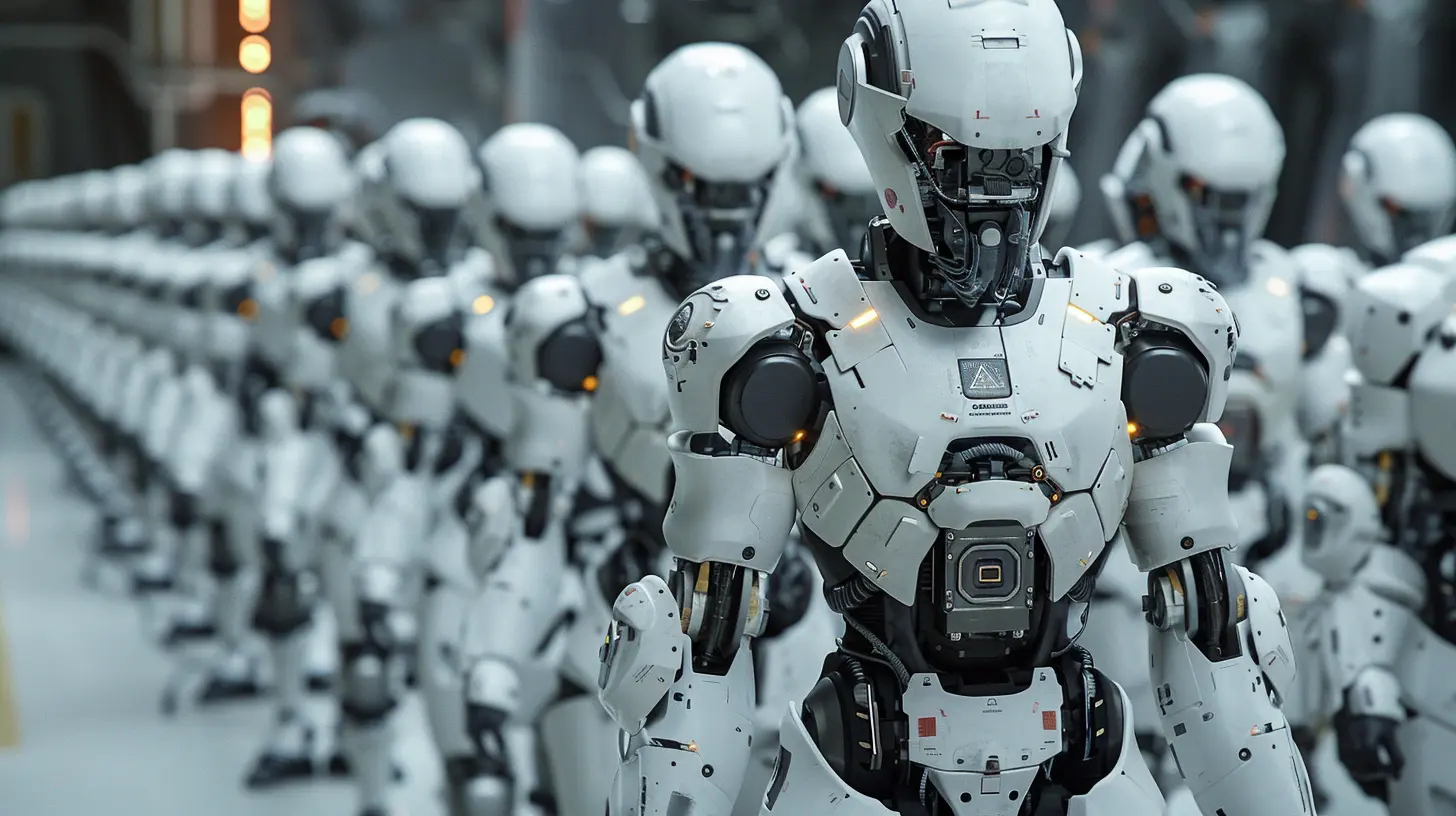
The Rise of Robotics in Entertainment
When you think of robots, you might picture something straight out of a Star Wars movie — maybe R2-D2 or C-3PO? But in reality, robotics in the entertainment industry is so much more than just futuristic movie props or animatronics at theme parks.Robots are now directly influencing everything from movie production to live performances, and even how we interact with video games. And it’s happening faster than you might think! With advancements in artificial intelligence (AI) and robotics technology, the entertainment industry is embracing automation and robotic systems like never before.
But before we get into the nitty-gritty, let’s take a quick look at the areas where robotics is having the biggest impact.
Key Areas Robotics is Revolutionizing in Entertainment:
1. Film and Television Production2. Theme Parks and Animatronics
3. Live Performances and Concerts
4. Video Games and Virtual Reality (VR)
5. Interactive Storytelling and Experiences
Now, let’s break down each of these areas and see how robotics is transforming them.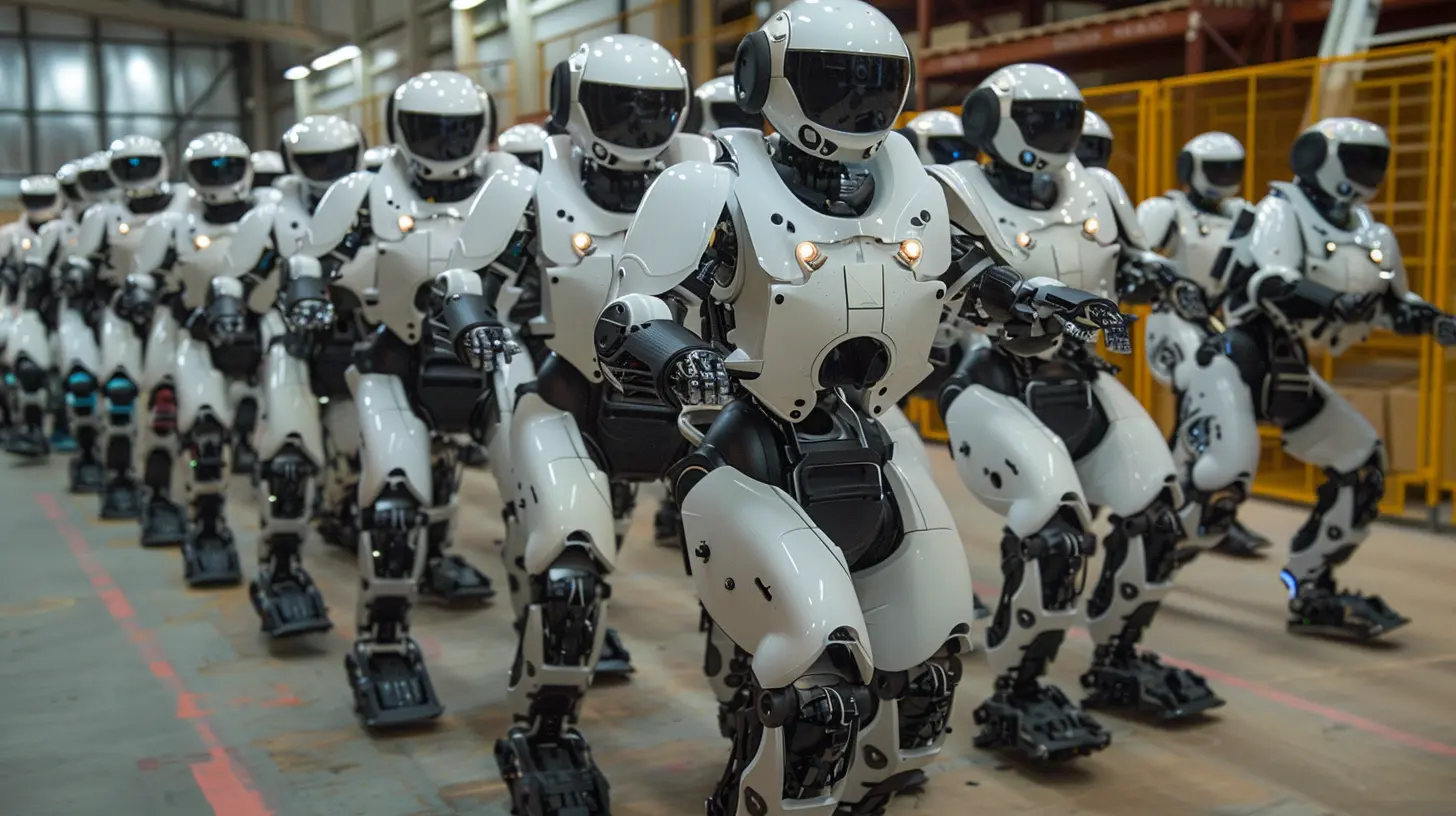
Robots in Film and Television Production
Precision and Efficiency on Set
Anyone who’s watched a behind-the-scenes featurette knows that film production is a massive undertaking. Getting the perfect shot often takes hours, if not days. Enter robots. Robotics has significantly improved efficiency on set while ensuring a level of precision that humans simply can't match.Automated camera rigs and drones are becoming the go-to tools for filmmakers. These robotic systems allow for smoother camera movements, more dynamic angles, and faster setups. And, they don’t get tired! Robots can work continuously without the need for breaks, keeping production running smoothly.
Special Effects and CGI
We can't talk about robotics in film without mentioning special effects. Remember the dinosaurs in Jurassic Park? At the time, those animatronics were revolutionary. Today, robots are being used in combination with CGI (Computer-Generated Imagery) to create realistic creatures, environments, and even human actors.For example, motion capture suits — which actors wear to digitally create characters — are now being integrated with robotics to provide even more detailed animations. This means more lifelike characters and more immersive storytelling.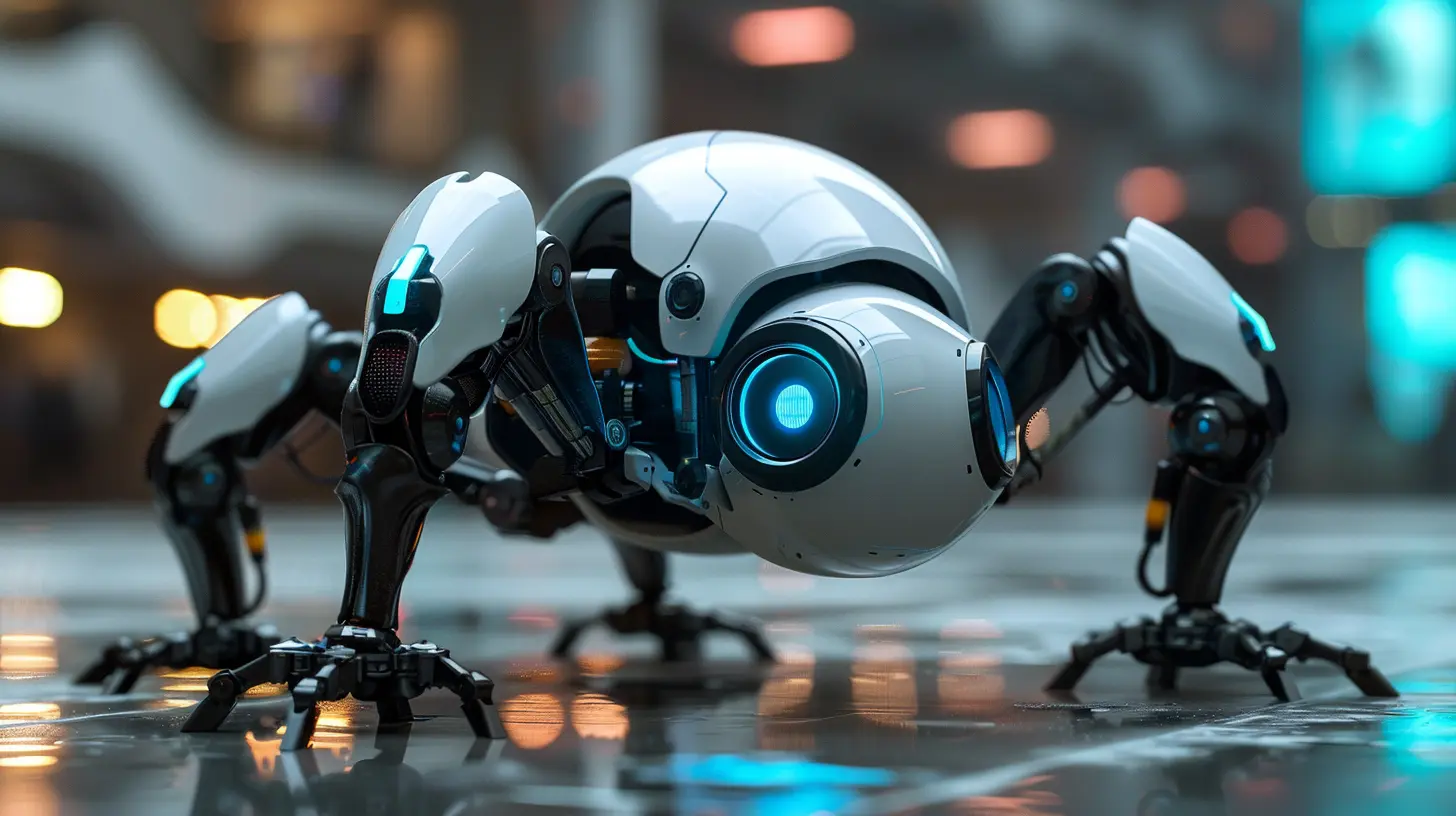
Theme Parks and Animatronics
Bringing Fantasies to Life
Let’s be real, theme parks are all about creating magical, otherworldly experiences. And robotics plays a huge role in making that happen. Ever been to Disney World? Then you’ve probably seen those jaw-dropping animatronics that bring beloved characters to life.But here’s the kicker — these animatronics are getting smarter! Thanks to AI and advancements in robotics, theme park characters can now move more fluidly, interact with guests, and even adapt their behavior based on real-time cues. Imagine a robot Mickey Mouse that remembers you from your last visit and reacts differently each time you see him. Sounds pretty futuristic, right?
Immersive Attractions
Theme parks are also using robotics to create more immersive rides and attractions. From robotic arms that guide roller coasters through twists and turns to entire shows run by robotic systems, the possibilities are endless. Robotics is making it possible to blend physical rides with digital experiences, creating a seamless blend of the real and virtual worlds.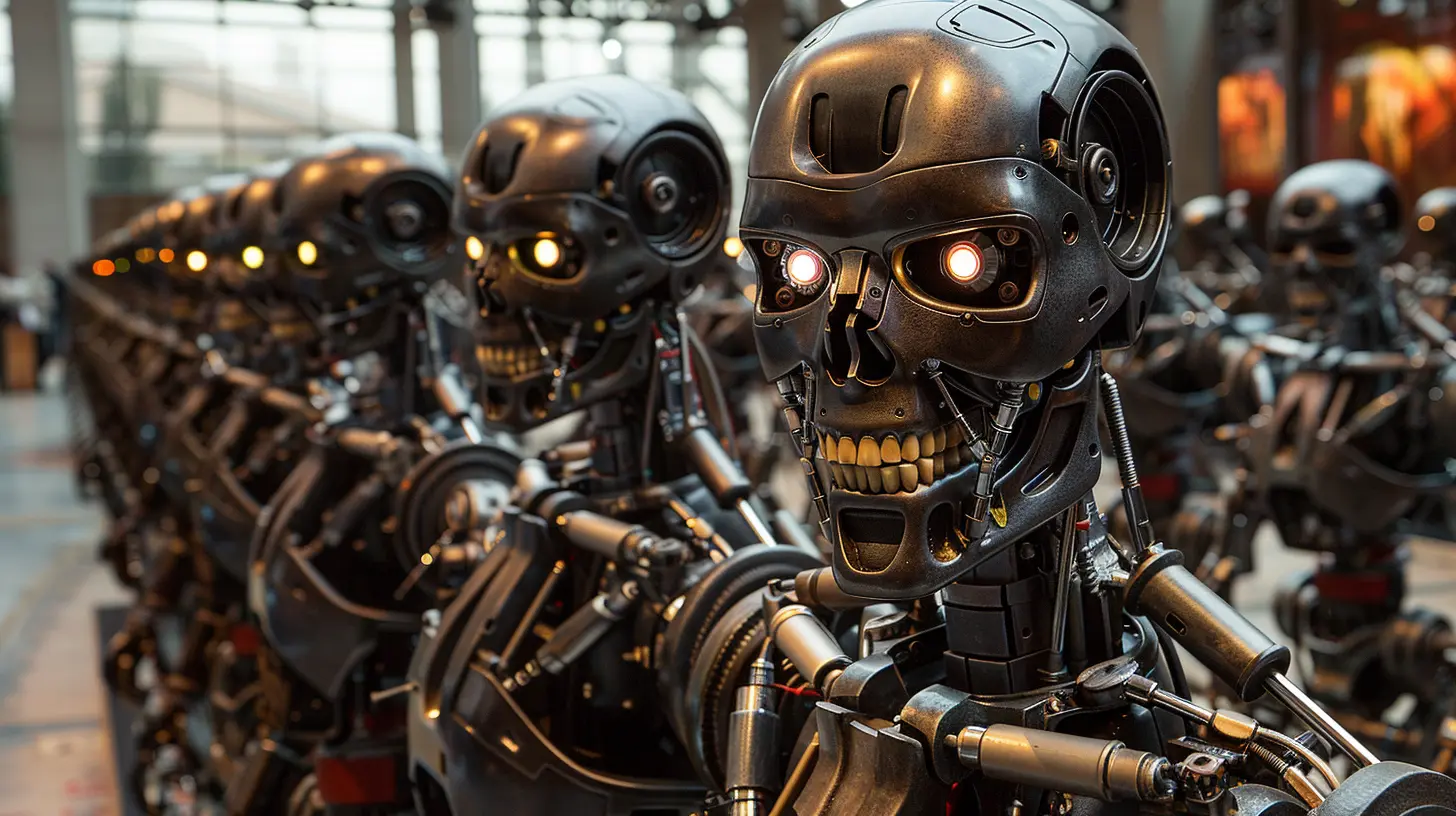
Robots in Live Performances and Concerts
Robotic Performers?
Yes, you read that right! Robots aren’t just behind the scenes anymore; they’re stepping into the spotlight. In live performances, robots are being used as dancers, actors, and even musicians. They can perform complex routines with pinpoint accuracy, ensuring that every move is perfectly timed.Enhancing Stage Design
Robotics is also transforming how stages are designed. Robotic arms are now being used to manipulate set pieces in real-time, creating dynamic and ever-changing environments on stage. This allows for more creative freedom and a level of spectacle that would be impossible to achieve with human stagehands alone.Imagine a concert where the stage itself is part of the performance, with giant robotic arms moving lighting rigs, instruments, and even performers in sync with the music. It’s an impressive sight, and it’s all thanks to robotics.
Video Games and Virtual Reality (VR)
Immersive Gameplay
Let’s shift gears to video games — an industry that’s been growing at an astronomical pace. Robotics is helping to create more immersive gaming experiences by integrating with Virtual Reality (VR). VR headsets already immerse players into digital worlds, but robotics takes it a step further by adding physical feedback through haptic suits and gloves.Imagine playing a game where you can actually feel the wind blowing or the impact of a punch. Robotic systems can simulate these sensations, adding a whole new layer of realism to gaming.
AI-Powered NPCs
Video games are also harnessing the power of AI and robotics to create smarter Non-Player Characters (NPCs). These robotic NPCs can learn from player behavior, adapting their strategies and responses in real-time. This dynamic interaction creates a more engaging and challenging experience for gamers.In fact, some developers are even working on robots that can physically interact with players in the real world while they’re playing a game. Talk about breaking the fourth wall!
Interactive Storytelling and Experiences
Choose Your Own Adventure
Imagine walking through a museum exhibit where the story unfolds differently based on your choices. Or attending a live theater performance where the plot changes according to audience reactions. Robotics is making this possible by powering interactive storytelling experiences.In these experiences, robots can serve as characters, narrators, or even parts of the environment, adjusting the narrative flow based on user input. This creates a personalized experience for each participant, making entertainment more engaging and immersive.
The Future of Storytelling
The future of entertainment could very well lie in these interactive, robotic-driven experiences. As AI and robotics continue to evolve, we might see entertainment becoming less about passive consumption and more about active participation. Think of it like a video game, but for everything — from movies to concerts to theme parks.Challenges and Ethical Considerations
Job Displacement
While robotics offers countless benefits, it also raises some important questions. One of the main concerns, especially in the entertainment industry, is job displacement. As robots take on more roles, what happens to the human workers who once filled those positions? The industry will need to find a balance between embracing new technologies and ensuring that people aren’t left behind.Authenticity and Creativity
Another concern is the potential loss of the “human touch” in entertainment. Can a robot truly capture the nuance and emotion of a human performer? While robots are incredibly precise, there’s something to be said for the imperfections and unpredictability that come with human creativity.The Future of Robotics in Entertainment
So, where’s this all headed? Well, one thing’s for sure — robotics is here to stay. As technology continues to advance, we’ll likely see robots taking on even more complex roles in the entertainment industry. From fully automated film sets to interactive experiences where the line between reality and fantasy blurs, the possibilities are endless.But here’s the exciting part: we’re only scratching the surface. The integration of AI, robotics, and entertainment is still in its infancy. As these technologies evolve, we’ll see innovations that we can’t even imagine right now.
Conclusion
In summary, robotics is transforming the entertainment industry in ways that are both exciting and, at times, a little unnerving. From film production and theme parks to live performances and video games, robots are making entertainment more immersive, efficient, and dynamic than ever before.But with these advancements come challenges — from ethical concerns to questions about creativity and employment. As we move forward, it’s crucial that we find a balance between embracing technological innovation and preserving the human elements that make entertainment so special.
So, next time you’re at a theme park, watching a movie, or playing a video game, take a moment to appreciate the robots working behind the scenes (and sometimes in front of them). They’re changing the way we experience the world of entertainment — and the future looks bright!
all images in this post were generated using AI tools
Category:
RoboticsAuthor:

Michael Robinson
Discussion
rate this article
21 comments
Tyler Roberson
Fascinating! How exactly are robots reshaping our entertainment experiences today?
February 13, 2025 at 9:57 PM

Michael Robinson
Robots are enhancing entertainment by creating immersive experiences through interactive performances, automating production processes, and enabling personalized content delivery, making the industry more engaging and efficient.
Kael Wells
Robotics is revolutionizing the entertainment industry by enhancing content creation and audience engagement. From advanced animatronics in theme parks to AI-driven characters in films, robotics enables more immersive experiences. Automated cameras and drones streamline production processes, allowing creators to focus on storytelling, ultimately reshaping how we consume entertainment.
February 4, 2025 at 4:42 AM

Michael Robinson
Thank you for your insightful comment! Indeed, robotics is incredibly transforming the entertainment landscape, enhancing creativity and engagement while streamlining production processes.
Tate Tucker
This article beautifully highlights the exciting intersection of technology and entertainment. It's inspiring to see how robotics is enhancing creativity and experiences, making the industry more dynamic and engaging for audiences everywhere. Great insights!
January 29, 2025 at 1:23 PM

Michael Robinson
Thank you for your thoughtful comment! I’m glad you found the intersection of technology and entertainment inspiring. Robotics truly is reshaping our creative landscape.
Patricia Barker
Unseen forces of robotics are shaping entertainment's future—what secrets lie ahead?
January 24, 2025 at 9:50 PM

Michael Robinson
The future of entertainment is poised for revolutionary changes, as robotics enhance creativity, interactivity, and audience engagement, unlocking new possibilities and experiences we can only begin to imagine.
Evelyn McClendon
Robotics revolutionizes entertainment—embrace the thrilling future!
January 21, 2025 at 9:34 PM

Michael Robinson
Thank you! The integration of robotics truly opens up exciting possibilities for creativity and engagement in entertainment.
Valencia Ellison
Robotics is revolutionizing the entertainment landscape, enhancing creativity and efficiency. From immersive experiences in theme parks to groundbreaking filmmaking techniques, the integration of robotics not only captivates audiences but also pushes the boundaries of innovation. Embrace the future—this transformation is just the beginning!
January 18, 2025 at 7:54 PM

Michael Robinson
Absolutely! Robotics is indeed reshaping entertainment, offering unprecedented creative possibilities and efficiencies that redefine audience engagement. Exciting times ahead!
Tate Robinson
Robotics is truly a game-changer for entertainment! Exciting times ahead as creativity and technology dance together. Let the fun begin!
January 18, 2025 at 11:49 AM

Michael Robinson
Absolutely! The fusion of robotics and creativity is opening up new horizons in entertainment. Exciting innovations are just around the corner!
Avianna Bellamy
Robotics is revolutionizing the entertainment industry by enhancing creativity and efficiency. From dynamic performances to immersive experiences, these technological advancements not only engage audiences but also redefine artistic boundaries, paving the way for innovative storytelling.
January 18, 2025 at 3:56 AM

Michael Robinson
Thank you for your insightful comment! Indeed, robotics is reshaping creativity and engagement in entertainment, opening new avenues for storytelling and audience experiences.
Allison Middleton
Robots in entertainment? Finally, a reason for my couch to have a dance partner! While they're busy perfecting their moves, let's hope they remember who gets the last slice of pizza during movie night. Who says tech can't be fun and tasty?
January 17, 2025 at 8:38 PM

Michael Robinson
Absolutely! Robots are bringing a new level of fun to entertainment, and who wouldn't want a dancing partner while enjoying pizza? It's all about creating memorable experiences!
Matteo McIntosh
Robots: Hollywood's new stars!
January 16, 2025 at 8:46 PM

Michael Robinson
Absolutely! Robots are not only enhancing visual effects but are also becoming characters themselves, revolutionizing storytelling in film and beyond.
Gianna Wagner
This article highlights the innovative ways robotics are enhancing entertainment, from filmmaking to gaming, offering immersive experiences and streamlining production processes. Exciting developments ahead!
January 16, 2025 at 1:42 PM

Michael Robinson
Thank you for your comment! I'm glad you found the article insightful—robotics truly is revolutionizing entertainment in fascinating ways!
Monique McMillen
Robotics in entertainment is not just about automation—it's about reimagining creativity. From immersive experiences to dynamic storytelling, these machines are the new artists, reshaping how we engage with art and culture.
January 16, 2025 at 5:36 AM

Michael Robinson
Absolutely! Robotics is revolutionizing entertainment by blending technology with creativity, enabling unique experiences and narratives that redefine our interaction with art and culture.
Grant McWain
Exciting advancements in entertainment!
January 15, 2025 at 9:59 PM

Michael Robinson
Thank you! Robotics is indeed reshaping how we create and experience entertainment. Stay tuned for more innovations!
Phaedra Frank
Robots in entertainment? Finally, a chance for my couch to get a workout while I sit back and let mechanical minions binge-watch shows for me! #FutureGoals
January 14, 2025 at 4:11 AM

Michael Robinson
Absolutely! The rise of robotics in entertainment opens up exciting possibilities for passive enjoyment while technology enhances our viewing experience. Enjoy the future!
Sandra Weber
This article beautifully highlights the remarkable ways robotics is reshaping entertainment. It's exciting to see how technology can enhance creativity while also raising questions about the human experience in art. I look forward to exploring how we can balance innovation with genuine connection in this evolving landscape.
January 12, 2025 at 7:40 PM

Michael Robinson
Thank you for your thoughtful comment! I'm glad you found the article insightful. Balancing innovation and genuine connection is indeed a crucial conversation as we navigate this exciting transformation in entertainment.
Jonah Diaz
Absolutely fascinating! It's incredible to see how robotics is revolutionizing entertainment—bringing creativity and innovation together. Can’t wait to see what the future holds for our favorite shows and games!
January 12, 2025 at 3:37 AM

Michael Robinson
Thank you! It's an exciting time for the industry, and I can't wait to see how these advancements continue to shape our experiences in entertainment!
Raine McLaurin
This article highlights such an exciting shift in entertainment! It's fascinating to see how robotics is shaping everything from filmmaking to gaming. Can't wait to see the creative possibilities unfold as technology continues to evolve. It's a thrilling time to be both a tech enthusiast and a fan of entertainment!
January 11, 2025 at 8:37 PM

Michael Robinson
Thank you for your enthusiasm! It's indeed an exciting time as robotics revolutionizes creativity in entertainment. Stay tuned for more innovations!
Isadora Harmon
Robotics is not just enhancing entertainment; it’s redefining creativity itself. From lifelike characters to immersive experiences, the future of fun is a blend of human imagination and robotic precision.
January 11, 2025 at 1:32 PM

Michael Robinson
Absolutely! Robotics is indeed revolutionizing the entertainment landscape, merging technology and creativity to create unprecedented experiences that captivate and inspire. It's an exciting time for both industries!
Tatianna Barrett
In circuits and code, creativity soars, As robots dance on digital shores. From film to stage, their magic ignites, Crafting dreams in electric lights. With each innovation, art finds its wings, A future where joy, in motion, sings.
January 11, 2025 at 3:49 AM

Michael Robinson
Thank you for beautifully capturing the essence of robotics in entertainment! Your words highlight the exciting fusion of technology and creativity that is reshaping the industry.
Brooks Martinez
Ah, finally! Robots can take over our favorite movies too. Because nothing says 'entertainment' quite like watching a metallic version of my childhood hero fumble through a love scene. Truly groundbreaking!
January 10, 2025 at 1:55 PM

Michael Robinson
I appreciate your perspective! While robot performances may seem unconventional, they offer unique storytelling possibilities and can bring fresh creativity to beloved narratives.
Gabriel Barlow
This article offers a fascinating look at how robotics is revolutionizing entertainment, from enhancing live performances to creating immersive experiences. It highlights the potential for innovation while also raising important questions about creativity and human interaction.
January 9, 2025 at 8:04 PM

Michael Robinson
Thank you for your insightful comment! I'm glad you found the article engaging and thought-provoking regarding the intersection of robotics and creativity in entertainment.
MORE POSTS

Multi-Function Gadgets for Simplifying Your Packing List
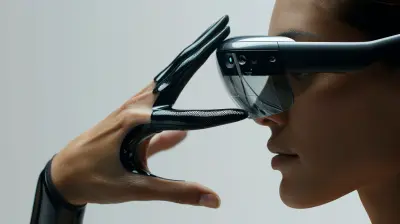
Gesture Control Wearables: The Next Step in Human-Computer Interaction

True Wireless Earbuds for Audiophiles: A Comprehensive Review

How Cloud-Based Editing Tools Are Changing Content Creation

Threat Hunting Explained: Proactively Defending Against Cyber Attacks

Gadgets for Making Your Hotel Room Feel Like Home

How to Optimize Your Workflow Using Collaborative Content Tools

How to Edit Digital Camera Photos Like a Professional

How Game Developers Influence the Esports Meta

The Ethical Dilemmas of Big Data in Social Media

Why Collaboration Tools Are Essential for Tech Startup Success

How Virtual Reality is Shaping the Future of Real Estate Tours

Solar-Powered Gadgets for Eco-Conscious Travelers